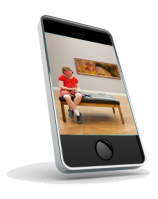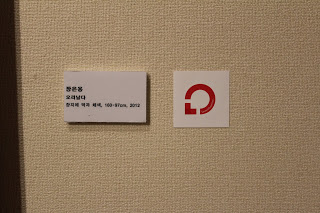In their report on the Imperial War Museum’s Social Interpretation project, Giannachi and Tolmie (2012) suggest that QR codes need suitable framing that gives visitors a clear reason why to scan the code and why to share their thoughts. They point out that this requires a comprehensive organisational effort to promote an active and social visitor experience.
A theoretical grounding for this idea is provided by DiSalvo, Maki and Martin (2007), who offer the concept of “constructed public” based on John Dewey’s (1927) idea that a public does not exist a priory but is brought together around a meaningful social condition.
Accordingly, designers should acknowledge the limited scope of any public and carefully consider who the public is and how it came together. This move away from “the public” as a general population towards “a public” as a selective subset of that population primed for engagement has important implications for the design and evaluation of interactive public systems.
In a design context, it presumes awareness of the system’s existence and interest in, or even agreement with, its purpose and aims, shifting part of the responsibility for these aspects from system design to the wider user experience design.
In an evaluation context, it takes into account whether and how a public was created around the system as an important factor in its adoption, going beyond classic aspects such as perceived usefulness, perceived ease of use (Davis, 1989) and perceived social norms (Venkatesh and Davis, 2000) as the main factors for technology acceptance.
How can we construct a public around social object labels?
—
Davis, F.D. (1989). Perceived Usefulness, Perceived Ease of Use, and User Acceptance of Information Technology. MIS Quarterly, 13(3), pp. 319-339.
Dewey, J. (1927). The public and its problems: An essay in political inquiry. Penn State Press, 2012.
Disalvo, C. and Ave, S. H. (2007). MapMover : A Case Study of Design-Oriented Research into Collective Expression and Constructed Publics. In Proc. CHI 2007, pp. 1249–1252.
Giannachi, G. and Tolmie, P. (2012). Info-Objects: Embedding objects with audience interpretation. Project report. Digital R&D Fund for the Arts.
Venkatesh, V. and Davis, F.D. (2000). A Theoretical Extension of the Technology Acceptance Model: Four Longitudinal Field Studies. Management Science, 45(2), pp. 186-204.

 EUROPE’S BIG CONFERENCE ON
EUROPE’S BIG CONFERENCE ON





